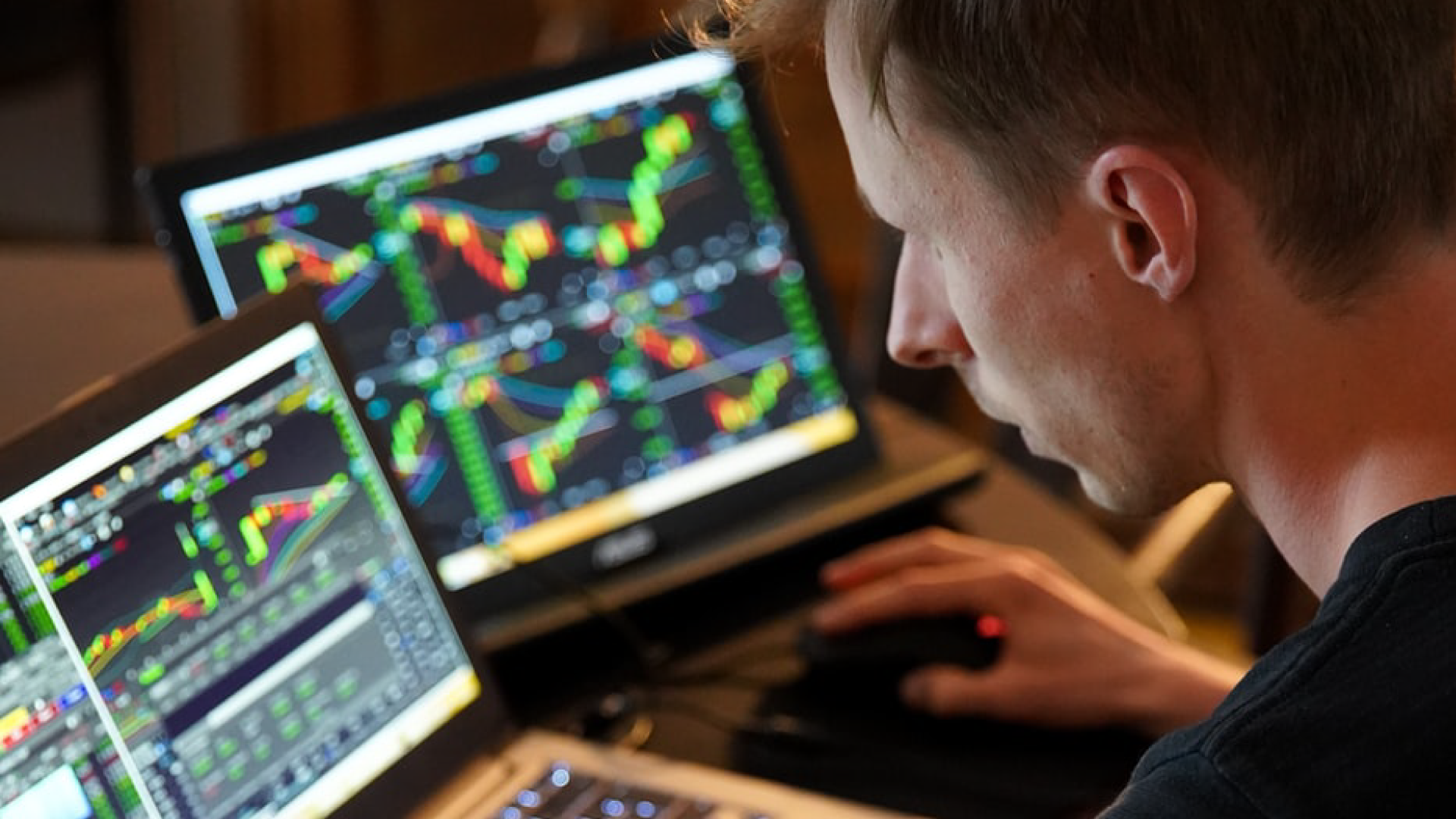Trading the Forex market can make you a ton of money, but it can also blow up your bank account in mere months if you mindlessly walk into the field guns blazing. Having a strategy allows a trader to systematically extract profits from the market without incurring heavy losses. Sadly, novice and intermediate traders alike find it difficult, if not impossible, to find a strategy that suits their personality, objectives, and risk profile.
Below are 3 simple strategies anyone can test out, regardless of experience and skill level.
Trend Trading
Basically, you trade when there is an apparent price trend in the market. When using a trend trading approach, try to focus on major currency pairs that are historically known to be less volatile than exotic pairs. EUR/USD, USD/JPY, and NZD/USD are examples of major currencies that exhibit more stable price movements. Exotic pairs like USD/SEK and USD/NOK tend to be more volatile and unpredictable. However, this does not necessarily mean you should neglect current price action of these pairs as they may also present profitable trading opportunities.
When trend trading, use the higher time frame charts to get a better feel of how price is reacting. If you see an overall uptrend or downtrend, switch to the 1-hour or 4-hour chart to look for good entry points and exit targets. Optionally, you can add a moving average indicator to smooth out price action over an X period of time.
News Trading
Economic news reports and press releases are one of the key catalysts that move the Forex market. Weak employment data in the US can send the dollar plummeting to fresh lows while a great reading in dairy production and demand can cause the New Zealand dollar to skyrocket in a manner of minutes. But trading the news can be equally detrimental to your FX account, so be really careful when taking this approach.
Look for a good website that provides real-time news feed. Do not, however, react to the actual numbers released. For instance, if US data turns out to be a big disappointment, don’t just automatically short the US dollar. Instead, stay on the sidelines when the news is released. The first15 minutes after news releases tend to be the most volatile and therefore most dangerous time for a small-time trader like yourself. After 15 minutes have elapsed, time to zoom in on price action and start looking for ideal entry points.
Range Trading
Many experts will tell you that any financial market is ranging 70 percent of the time. By focusing on ranges, a trader is given more actionable opportunities as opposed to waiting for a trend to develop, which could take days if not weeks. Trading ranges should be done in higher time frames to filter out false entry points. The smallest time frame chart you should be looking at is the 1-hour chart. Anything below that will cause you to take more low quality trades, which effectively result in more losses.
Pick a currency pair, then look at the 1-hour or 4-hour price action. Try to find support and resistance points where price repeatedly tried to break but failed and instead bounced back to its opposite direction. Do not expect a clear cut zig-zag as there is no such thing in the FX market. Instead, zoom out of your charts and draw an imaginary line that should connect to at least three points in order to be actionable.
Tips For Trading FX
Having a strategy for trading the FX market is only half of the battle to become a profitable trader. The other half relies on attitude and discipline manifested by solid rules and principles you set for yourself. Identify your risk threshold. How much can you lose per trade or per week before you close out any positions and reevaluate your plan? If you are trading a $1,000 account, avoid risking more than $100 per trade. The advised risk threshold per trade is 3 to 5 percent of your capital. Know that trading is not designed to supplement you full-time. In fact, it won’t even serve as your part-time income source for at least the first 2 years, which is the typical learning curve for most traders.
Recognizing this fact and accepting it takes off the pressure of having to win every trade. Don’t hog information. Stick with what works for you and avoid the need to absorb every other strategy or trading tool out there. This only causes more stress and forces you to take more trades and ultimately more risk than what you planned for. It is normal and prudent to make adjustments to your initial trading approach, but it can backfire if you try to find the holy grail of trading, which is simply nonexistent.

